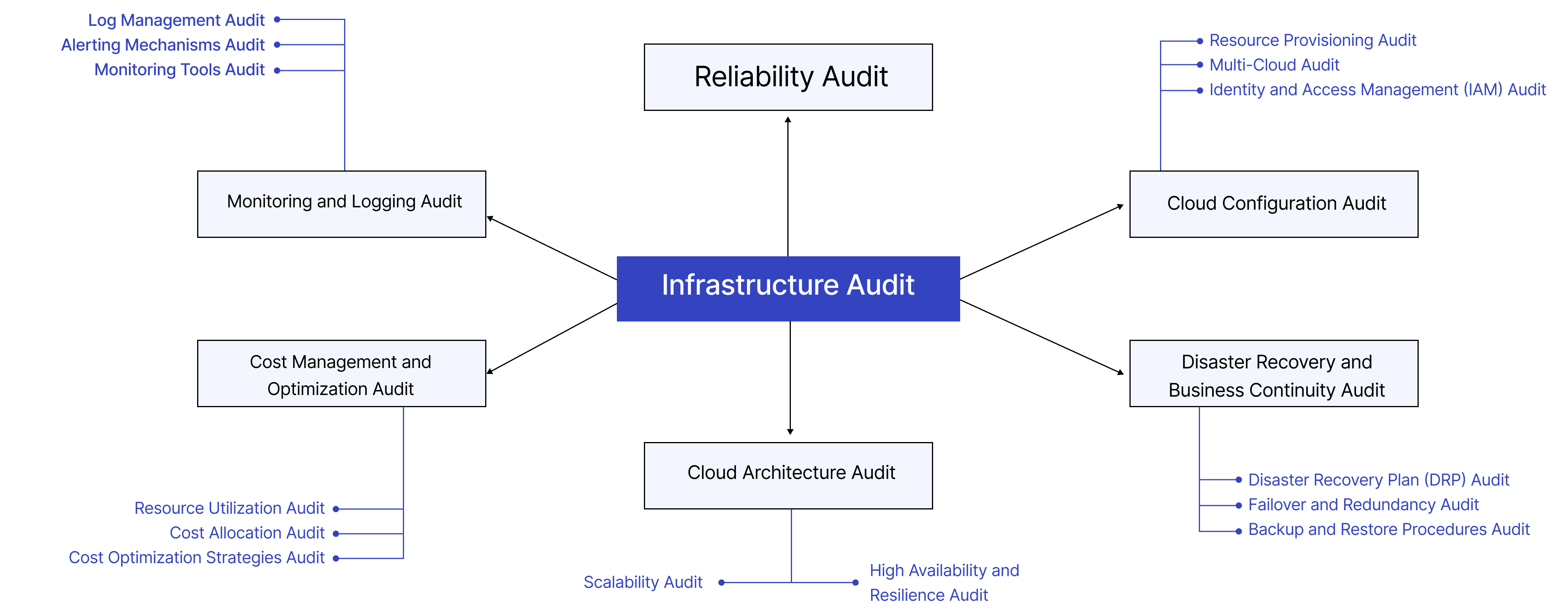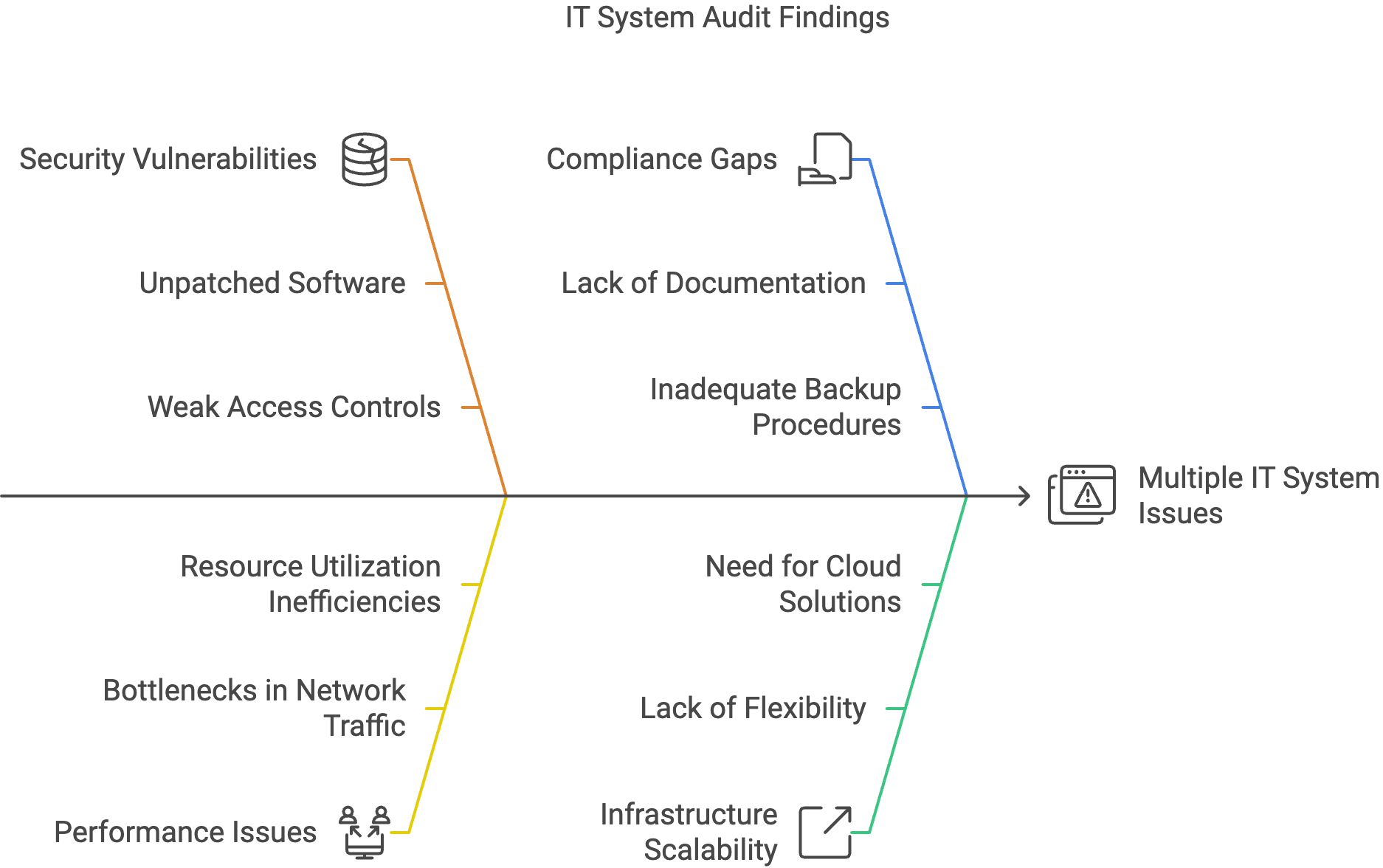LeTexto is a mobile marketing platform that allows businesses to send SMS and email campaigns to customers. It is used by businesses in over 200 countries and the platform is free to sign up for.
Introduction
Gart Solutions conducted an Infrastructure Audit for Letexto, focusing on evaluating their current on-premise setup and identifying areas for improvement in terms of security, reliability, and cost-efficiency. The audit provided insights into existing vulnerabilities and inefficiencies, leading to a comprehensive set of recommendations aimed at enhancing the infrastructure while balancing budget constraints.

Audit Findings
1. Security Vulnerabilities
Unpatched Software: Several critical software components were identified as outdated, leaving the system vulnerable to known exploits. Immediate patching and regular updates are recommended to mitigate these risks.
Weak Access Controls: Insufficient restrictions on user access to sensitive data were noted. Implementing stricter access controls and regular reviews of permissions are necessary to enhance data security.
2. Performance Issues
Bottlenecks in Network Traffic: High latency and occasional downtime were linked to network congestion. Optimizing network infrastructure and traffic management will improve system responsiveness and reliability.
Resource Utilization Inefficiencies: Certain servers were found to be over-utilized while others were underutilized. Balancing resource allocation and scaling infrastructure according to demand can optimize performance.
3. Compliance Gaps
Lack of Documentation: Several compliance-related documents and processes were either incomplete or missing. Establishing comprehensive documentation and regular audits are crucial for maintaining regulatory compliance.
Inadequate Backup Procedures: Backup procedures were found to be inconsistent, with some critical data not being backed up regularly. Enhancing backup processes and implementing automated solutions will ensure data integrity and recovery.
4. Infrastructure Scalability
The current infrastructure lacks in flexibility to accommodate growth. Upgrading to more scalable solutions and incorporating cloud-based resources can support future expansion and agility.
5. Disaster Recovery Preparedness
The existing disaster recovery plan was found to be incomplete and lacking in specific recovery procedures. Developing a comprehensive disaster recovery strategy with clear protocols and regular testing is essential to ensure business continuity.




